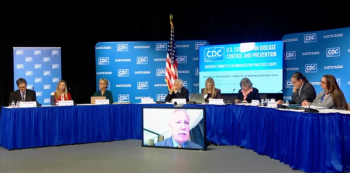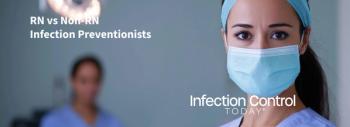
Hot Topics in Infection Prevention: Explain Outdoor Masking, and Vaccinations Roll On
It’s important to match COVID-19 masking rules to reasoning behind them.
Masking Outside Isn’t Always Necessary
One of the hotter topics this week has been the notion of masks outside—do we still need mandates? COVID-19 case counts have been
Outdoors, the need for masks will occur when you’re around a lot of others, unable to distance, and you’re in one place for a prolonged period—like a sporting event. The highest risk environments are indoors, especially when ventilation, masking, or distancing is challenging.
the men became more amenable to wearing them indoors. By connecting rules to reasons, she got them to see the value of covering their nose and mouth when it actually mattered. Last week, Marcus told me that she’s baffled by the notion that the best way to get people to wear masks inside is to mandate that everybody wear one when they’re alone outside. “We don’t recommend condom use when people are enjoying themselves alone to get them to wear condoms with their sexual partners,” she said. This kind of risk-matched intervention is what we’ll likely see moving forward and something we should all think about.
U.S. Opens Vaccines to All Adults 16 and Older
This week, we started off with a Monday like no other—across all fifty states, anyone 16 years or older became eligible for the COVID-19 vaccine. Each day, we’re seeing roughly 3 million Americans getting vaccinated, and this new strategy means there is standardized eligibility across the nation. The Centers for Disease Control and Prevention (CDC)
Slavitt said the Biden administration has orchestrated 60,000 free and convenient places to get a shot, and 9 out of 10 Americans live within 5 miles of a vaccination site. And to ensure that momentum continues, Slavitt said the US Department of Health and Human Services is getting $150 million in funds to give to community health providers to get shots into arms.
This is an exciting time, with vaccination campaigns booming and 50% of Americans having received at least one dose. Now more than ever though, it will be important to ensure vaccines are being distributed equitably, people have support to register and visit clinics as well as taking time off, and that we address hesitancy. It will also be critical to address global vaccine distribution and equity. COVID-19 is a global threat and until we view it as such, we will continue to see variants and surges.
Newsletter
Stay prepared and protected with Infection Control Today's newsletter, delivering essential updates, best practices, and expert insights for infection preventionists.






